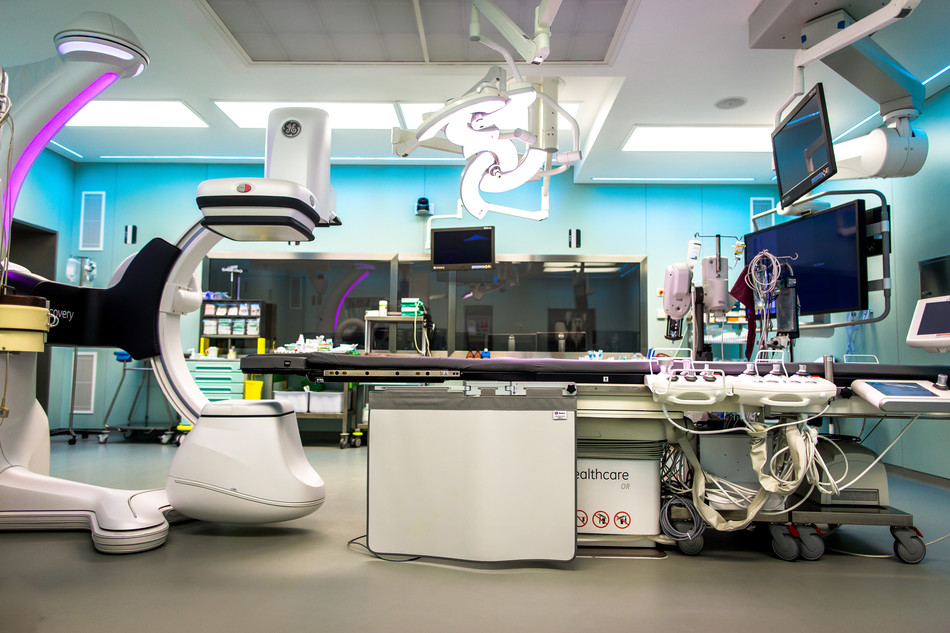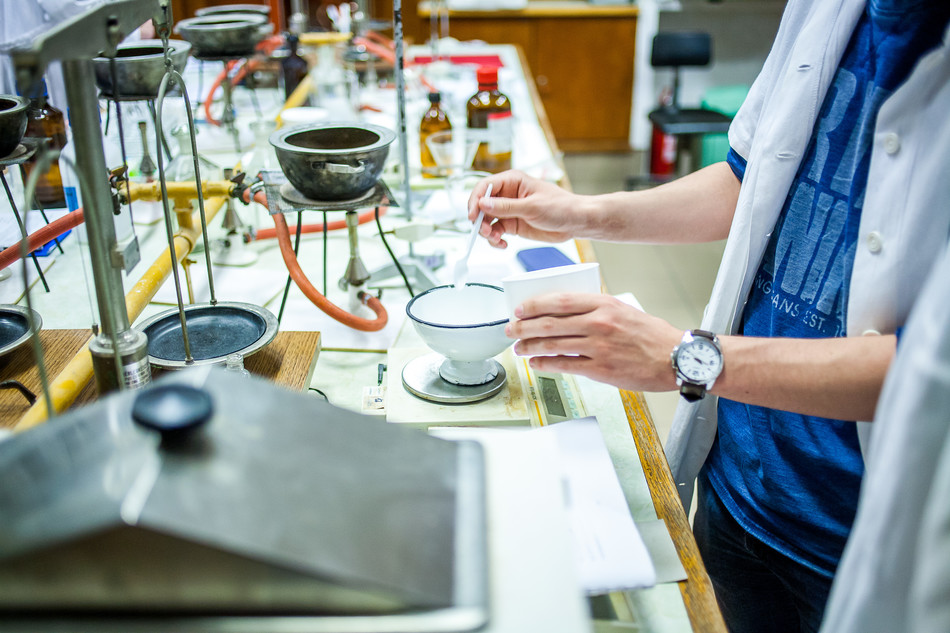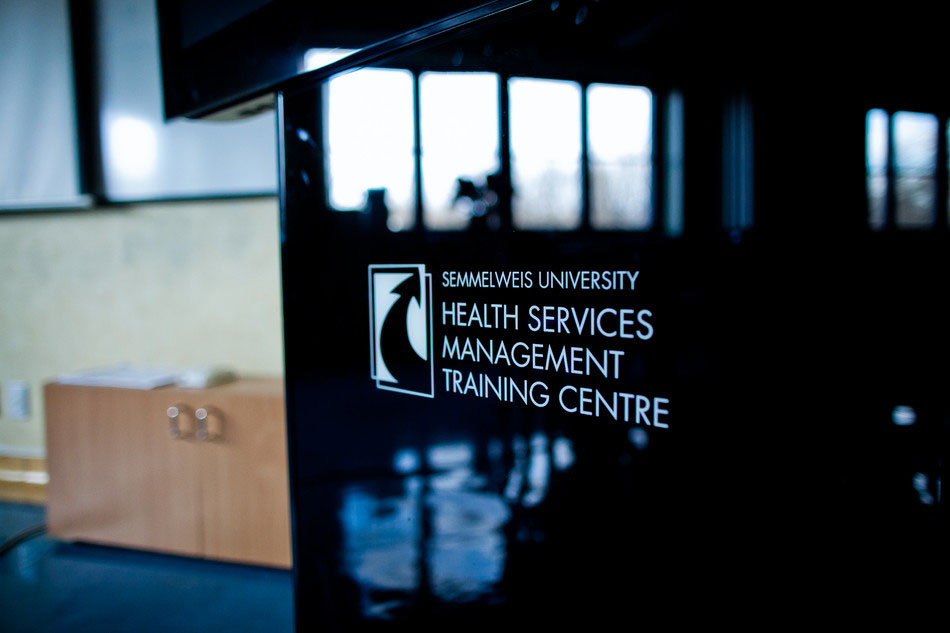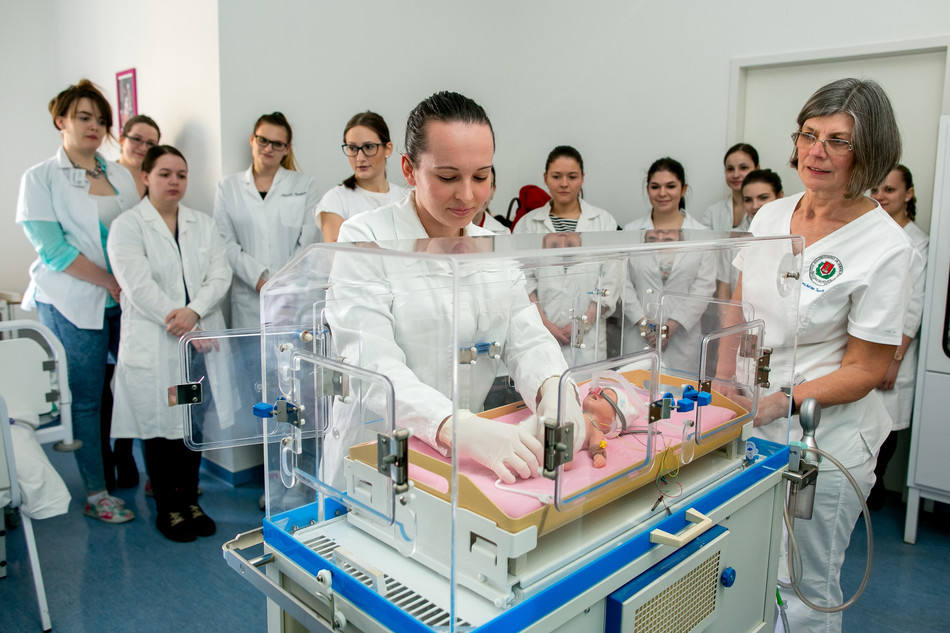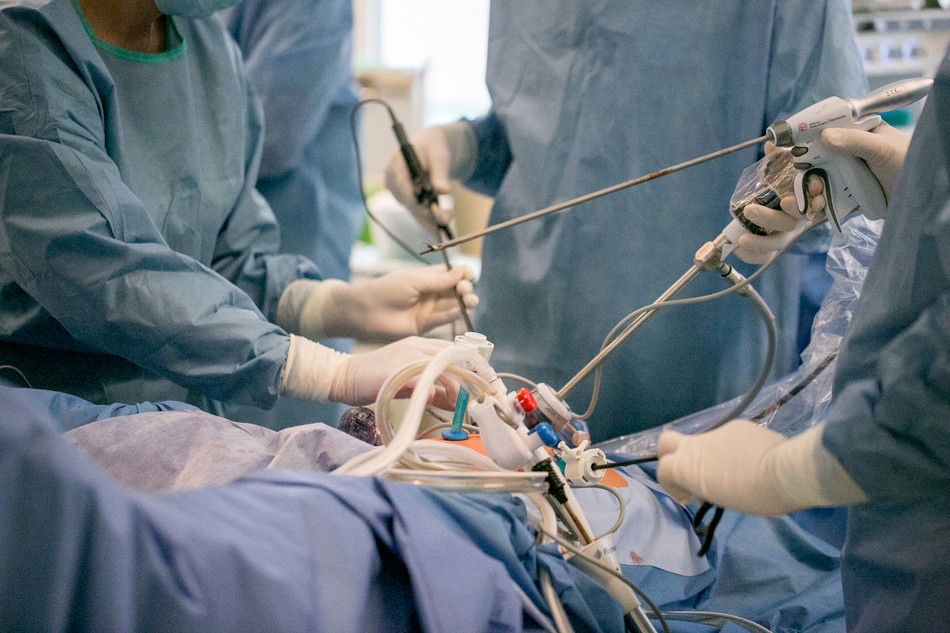
Record number of graduates
In Hungary, most doctors, dentists, pharmacists and midwives have graduated from Semmelweis University. The institution has awarded more than 100,000 diplomas since it was founded, with a total of 35,547 between 2008 and 2025. According to the national Graduate Career Tracking System, almost 90 percent of the university’s students found a job immediately or within a month after completing their studies.














